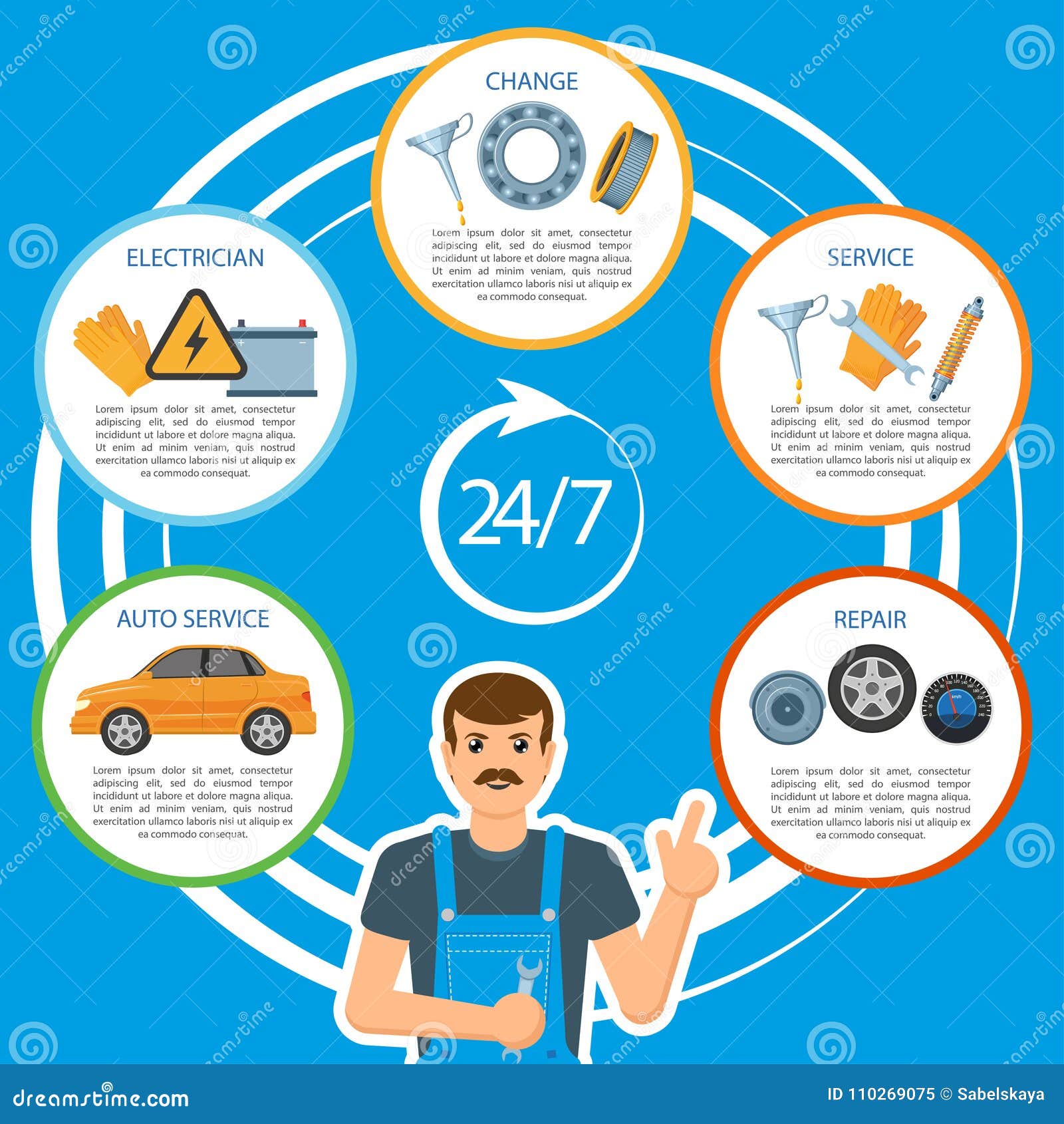Analyzing Your Vehicle'S Alert Lighting: Their True Implications
Analyzing Your Vehicle'S Alert Lighting: Their True Implications
Blog Article
Material Author-Lim Shepherd
When you lag the wheel, those radiant caution lights on your dashboard can be a little bit perplexing. Do you know what they're trying to inform you regarding your automobile's health and wellness? Recognizing the value of these lights is important for your security and the longevity of your vehicle. So, the following time among those lights pops up, would not you intend to understand its message precisely and take the needed steps to address it?
Common Warning Lighting and Interpretations
Determine usual warning lights in your cars and truck and understand their definitions to make sure safe driving.
One of the most common warning lights consist of the check engine light, which signals problems with the engine or exhausts system. If this light comes on, it's critical to have your lorry inspected immediately.
The oil pressure warning light suggests low oil pressure, calling for prompt interest to stop engine damage.
A blinking battery light might recommend a faulty charging system, potentially leaving you stranded otherwise resolved.
The tire pressure monitoring system (TPMS) light notifies you to reduced tire pressure, affecting vehicle security and gas performance. Neglecting https://brakefluidprice28372.59bloggers.com/32535569/just-how-can-mobile-vehicle-detailing-change-your-lorry-treatment-experience-while-guaranteeing-top-quality-discover-the-essential-aspects-to-consider-before-picking-a-detailer might lead to hazardous driving conditions.
The ABS light indicates an issue with the anti-lock stopping system, endangering your capability to stop promptly in emergency situations.
Finally, the coolant temperature cautioning light warns of engine getting too hot, which can result in extreme damages if not fixed swiftly.
Recognizing these typical warning lights will certainly assist you address concerns promptly and keep secure driving problems.
Value of Prompt Interest
Comprehending the common caution lights in your cars and truck is only the first step; the relevance of immediately resolving these warnings can't be highlighted sufficient to guarantee your safety when driving.
When a caution light illuminates on your control panel, it's your automobile's way of interacting a possible concern that requires attention. Overlooking these cautions can bring about extra extreme problems in the future, jeopardizing your security and possibly costing you much more in repairs.
Trigger attention to advising lights can prevent failures and mishaps. As an example, a flashing check engine light could suggest a misfire that, if left unattended, could cause damage to the catalytic converter. Resolving this without delay can conserve you from a costly repair work.
In a similar way, a brake system alerting light might signify reduced brake liquid or used brake pads, vital components for your security when driving.
Do It Yourself Troubleshooting Tips
If you observe a caution light on your dashboard, there are a couple of DIY troubleshooting pointers you can attempt prior to looking for expert aid.
Read Home Page is to consult your auto's manual to understand what the specific caution light shows. Often the issue can be as easy as a loose gas cap triggering the check engine light. Tightening up the gas cap might solve the problem.
Another common concern is a reduced battery, which can cause various cautioning lights. Examining the battery links for corrosion and ensuring they're secure could deal with the problem.
If a warning light continues, you can try resetting it by separating the car's battery for a few minutes and afterwards reconnecting it. In addition, checking your vehicle's liquid degrees, such as oil, coolant, and brake fluid, can help troubleshoot warning lights related to these systems.
Final thought
To conclude, understanding your automobile's warning lights is crucial for maintaining your car running smoothly and safely. By quickly addressing these signals and understanding what they indicate, you can avoid pricey repair services and prospective breakdowns.
Remember to consult your vehicle's guidebook for certain details on each advising light and act accordingly to ensure a trouble-free driving experience.
Stay educated, stay risk-free on the road!
